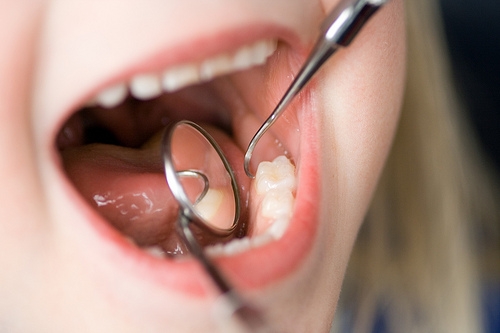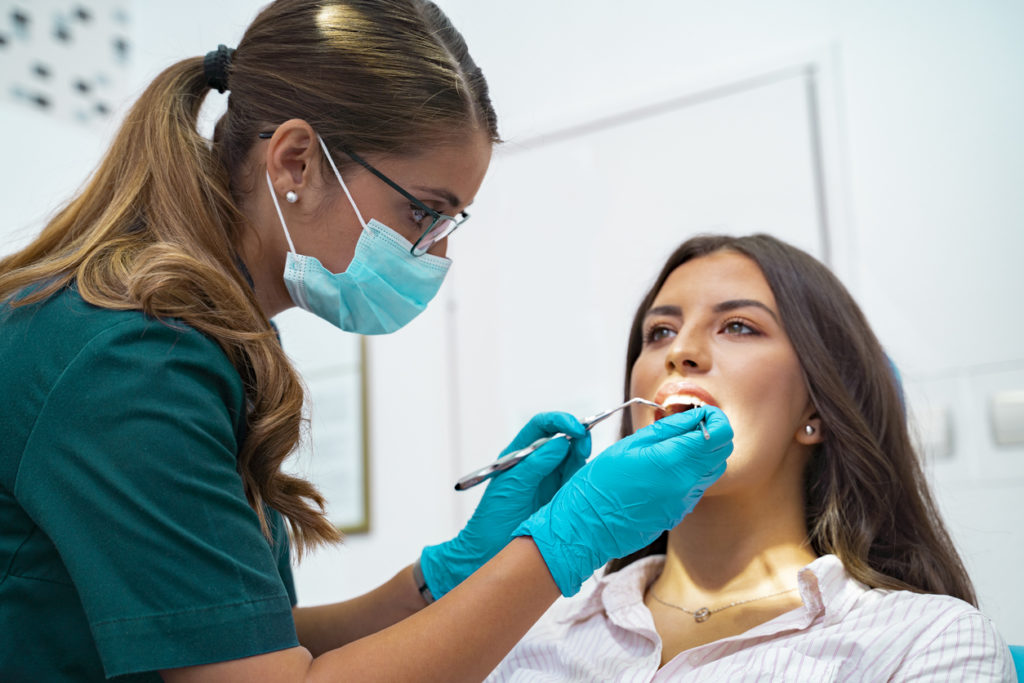General Dentistry
General Dentistry
Why do we take care of our young patients.
Tooth decay is the most chronic disease among children aged 5 to 17 and is the most chronic childhood ailment – five times more common than asthma and seven times more common than hay fever.
Whatever your children eat affects their teeth. Sugars (found in cake, cookies, candy, milk and juice) and starches (found in pretzels and potato chips) can cause tooth decay. In addition to this is more difficult to clean babies’ and children’s teeth debris tend to remain in children’s teeth, resulting in bacteria growth and finally tooth decay.
Baby Teeth Cleaning
Baby teeth should be cleaned as soon as they erupt. Clean your baby’s teeth with a soft washcloth or gauze after every bottle or meal. When more than one tooth erupts, you can soak a small-bristled child-sized (age-appropriate) toothbrush in warm water before using it on your baby’s teeth, as instructed by your dentist.
Baby teeth should be brushed using a pea-sized amount of toothpaste. Use water without fluoride until approximately six months of age. Encourage your children to brush their own teeth once they have the coordination to do so. Replace toothbrushes every two to three months.
Working hours
Monday
09AM - 20PM
Tuesday
09AM - 20PM
Wednesday
09AM - 20PM
Thursday
09AM - 20PM
Friday
09AM - 20PM
Saturday
09AM - 20PM
Sunday
09AM - 20PM
First Dental Visit:
It is important that your child see a dentist by age one to establish a long-term dental hygiene and professional dental cleaning plan. It is advisable to bring your child as soon as a tooth empty so he/she get used to the environment, noise and procedures.Dental Sealant Application:
Dental sealants are used to protect the teeth from decay and are appropriate as soon as a permanent tooth erupts.Fluoride Treatments:
Fluoride is a major component in the prevention of childhood dental caries. This is because fluoride alters the molecular structure of the tooth, making it more resistant to acid attack and decay. However, children require the right balance of fluoride treatment. Too much fluoride could be problematic and lead to fluorosis.Keys to Prevent Pediatric Tooth Decay
Cavities affecting baby teeth and permanent teeth are treated with the same “drill and fill” measures familiar to adults. But the emphasis today is placed on preventive measures, which are considered key to the control of tooth decay. These preventive measures include:
1. Checkups with a dentist starting at 12 months of age.
2. Good nutrition ensuring your child has a balanced diet of fruits, vegetables, breads and cereals, milk, dairy products, meat, fish and eggs. Sugar-rich foods and beverages.
3. Supervised tooth brushing until approximately age of 7 years should be avoided as much as possible. when children are likely to demonstrate that they can capably brush on their own. Parents are advised to clean babies’ and toddlers’ teeth with a brush or washcloth and a pea-sized dose of toothpaste, starting the day the first tooth erupts.
4. Check the teeth monthly for horizontal white or brown spots or lines close to the gums. These markings are signs of demineralization, the first indications of tooth decay. When babies are nursing – breast or bottle fed – they tend to appear on the inside surface of the upper teeth. In children with permanent teeth, they are often found on biting surfaces or in between teeth. If you see these spots or lines, make an appointment with us immediately. It may be possible to re-mineralize the area and prevent a cavity with fluoride treatment.
5. Get adequate amounts of fluoride. While children receiving therapeutic fluoride treatments do not need additional sources of fluoride, all others should brush with a fluoridated toothpaste and drink fluoridated water.
6. Ask the dentist about dental sealants. These plastic coatings placed on the chewing surfaces of the permanent molars (which appear between age six to 12) protect the teeth by shutting out cavity-causing food particles. They are recommended for children at moderate to high risk for decay.





